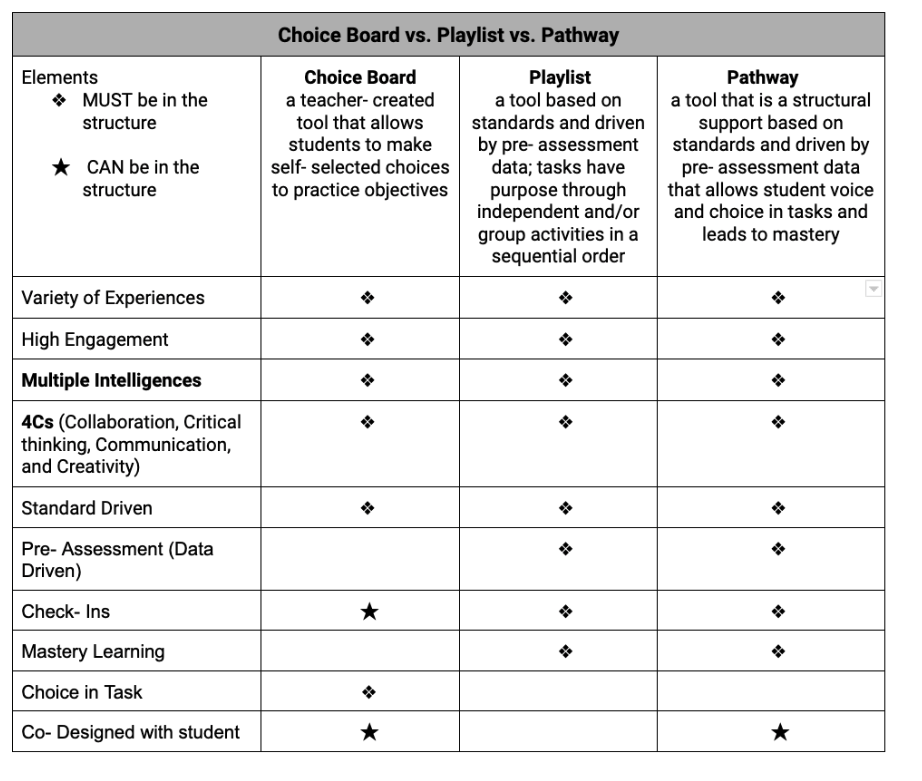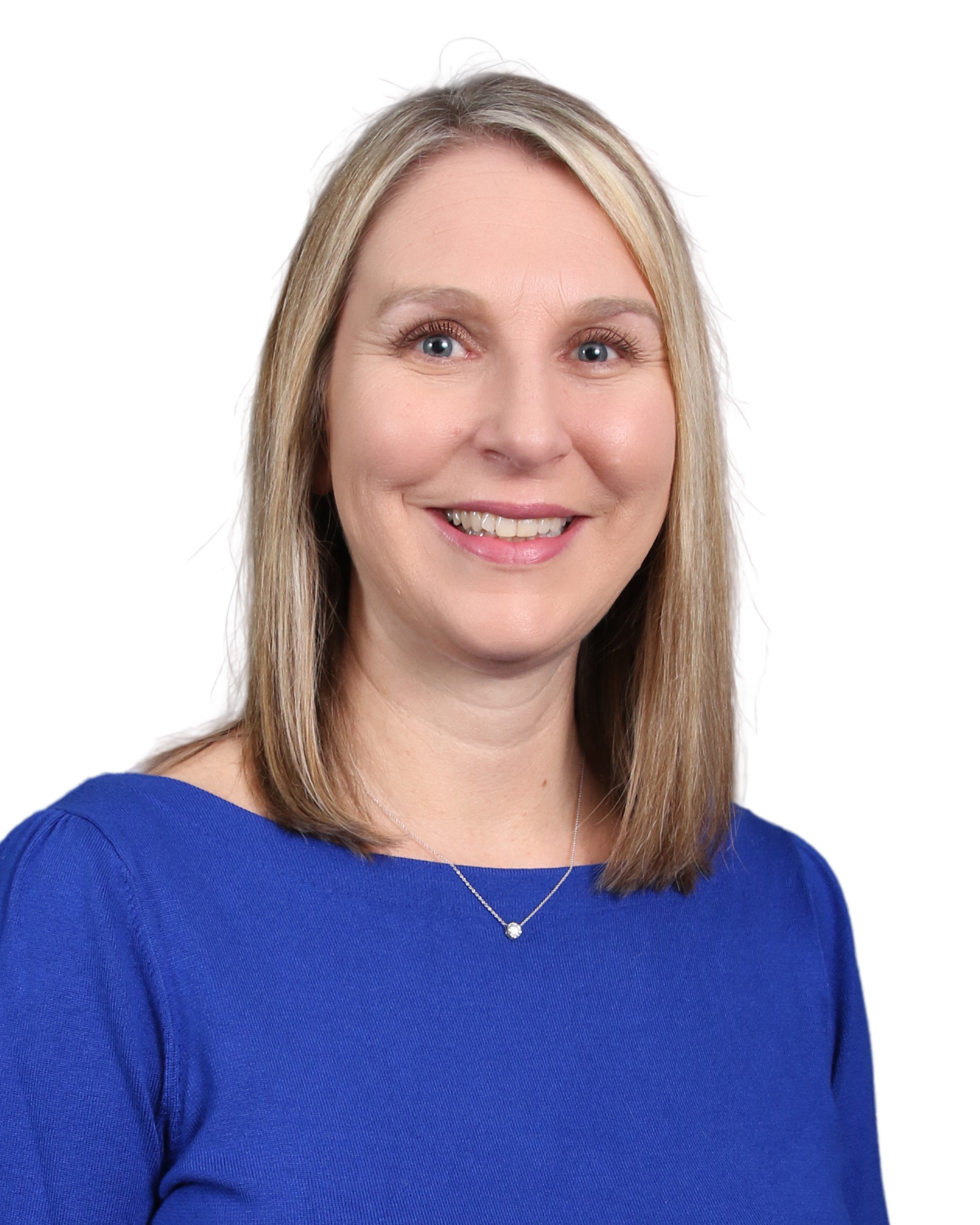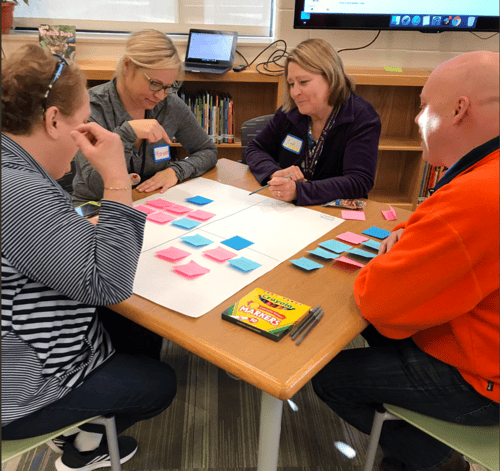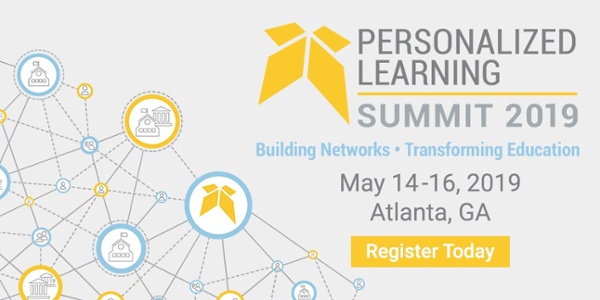For many districts and schools, choice boards, playlists, and pathways are used interchangeably to describe instructional designs that provide students with a menu of options to guide and own their learning. Yet we ask educators to use these design practices very differently. We often define other terms, like the different blended learning models, and the different levels of student compliance. How is it that we have not created clear distinctions between choice boards, playlists, and pathways yet? We all want our students to have the best educational experience they can, and that starts with them showing ownership over their learning. But before students can engage with instructional design geared towards putting them in the driver’s seat, we as educators need to calibrate the differences between choice boards, playlists, and pathways to ensure we’re providing teachers with the right supports.
Shane Barham, Principal at Rogers Lane Elementary School, and his Personalized Learning (PL) Core Team noticed this was an issue in their school. As a school in its second year of being open, they realized that if they didn’t prioritize clearly defining choice boards, playlists, and pathways, they were not going to be able to move forward to a more student-centered environment in the near future. In addition, teachers would not be able to develop expertise within a specific design without a level of clarity around what the goal of the design was.
Together, Education Elements and the Rogers Lane PL Core team went through an approach to define what each instructional practice meant. We first divided the PL Core team (which consists of teachers from mixed grade levels and subject areas along with support staff) into three groups: one group was focused on choice boards, one on playlists, and another on pathways. Using an Integrated Curriculum Model approach from William and Mary, each group divided up a piece of chart paper into four quadrants.
- In the first quadrant teachers listed all of the components of _____ (fill in-focus area) on sticky notes.
- In the second quadrant, they created and categorized affinity groups into common themes, trends, and patterns on more sticky notes.
- In the third quadrant, they listed all of the things that don’t represent ______ (fill in-focus area).
- Based on the three quadrant groups, they then created a definition that represented their focus area of choice board, playlist, or pathway.
“This process has become personalized for our entire staff. Teachers were in different places with the use of choice boards, playlists, and pathways. Just like our learners, our staff has progressed from their individual experience towards a more advanced level of implementation.” – Cindi Zittle, ESL Teacher
During this activity, the groups had amazing academic conversations and disclosures. What they noticed was that their definitions were similar but each had a nuance. Together, we modified the definitions so Rogers Lane staff would have a clear distinction and that one could now see the progression from teacher-centered choice boards to student-centered pathways.
Rogers Lane then took it a step further to make each definition work with their Rogers Lane Way by adding key elements. They focused on which elements must be included within these instructional practices. After this strategy session, the PL Core team knew they needed to provide professional development to grade level teams and also continue the conversations in weekly planning sessions.
“With clearly defined elements for choice boards, playlists, and pathways, it has made it easier for our teachers to organize resources, plan lessons, and implement personalized learning. Our students have benefited from these practices by having the opportunity to take ownership over the pace and outcomes of their learning.” – Shane Barham, Principal

Has your school team defined the instructional practices that you believe will give teachers the best tools to create student-centered environments? If you’ve started those conversations, but they’ve gotten lost in the hustle and bustle of the school year, we believe it’s imperative that you reinvest time and effort into defining instructional designs. Not only will it benefit leaders who support teachers by providing a level of clarity that was not present before, but it will ultimately support your students reaching their potential.
We ask you, have you defined what instructional practices look like in your school? If not, we highly recommend you do so you have a common language and understanding in order to move teacher practices forward to a more personalized learning environment.
- - -
Join us at the Personalized Learning Summit to collaborate with and learn from other educators and education experts tackling many of the same challenges as you! Registration closes in a little more than a week, so there's no time to waste!






